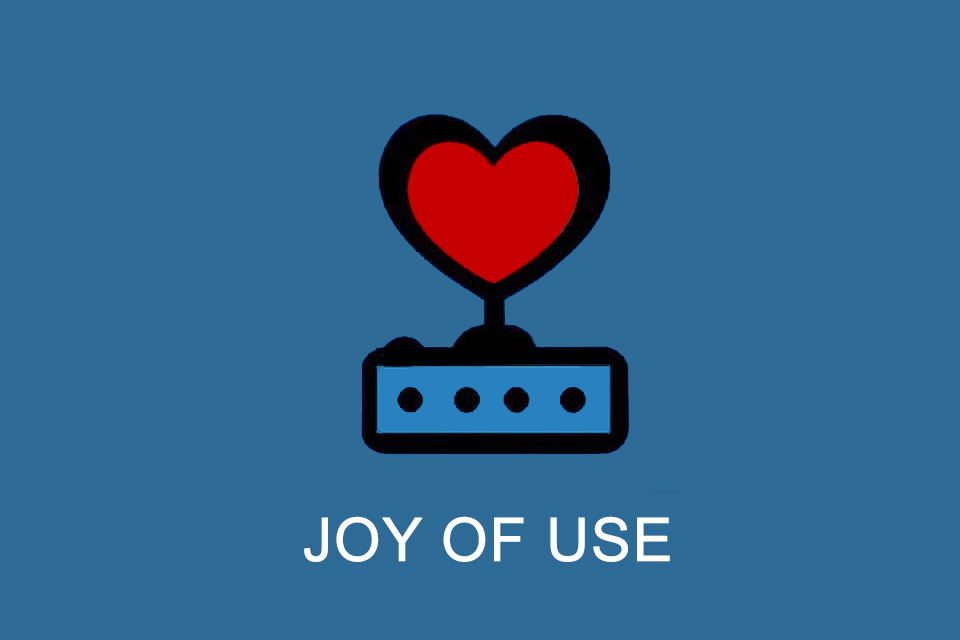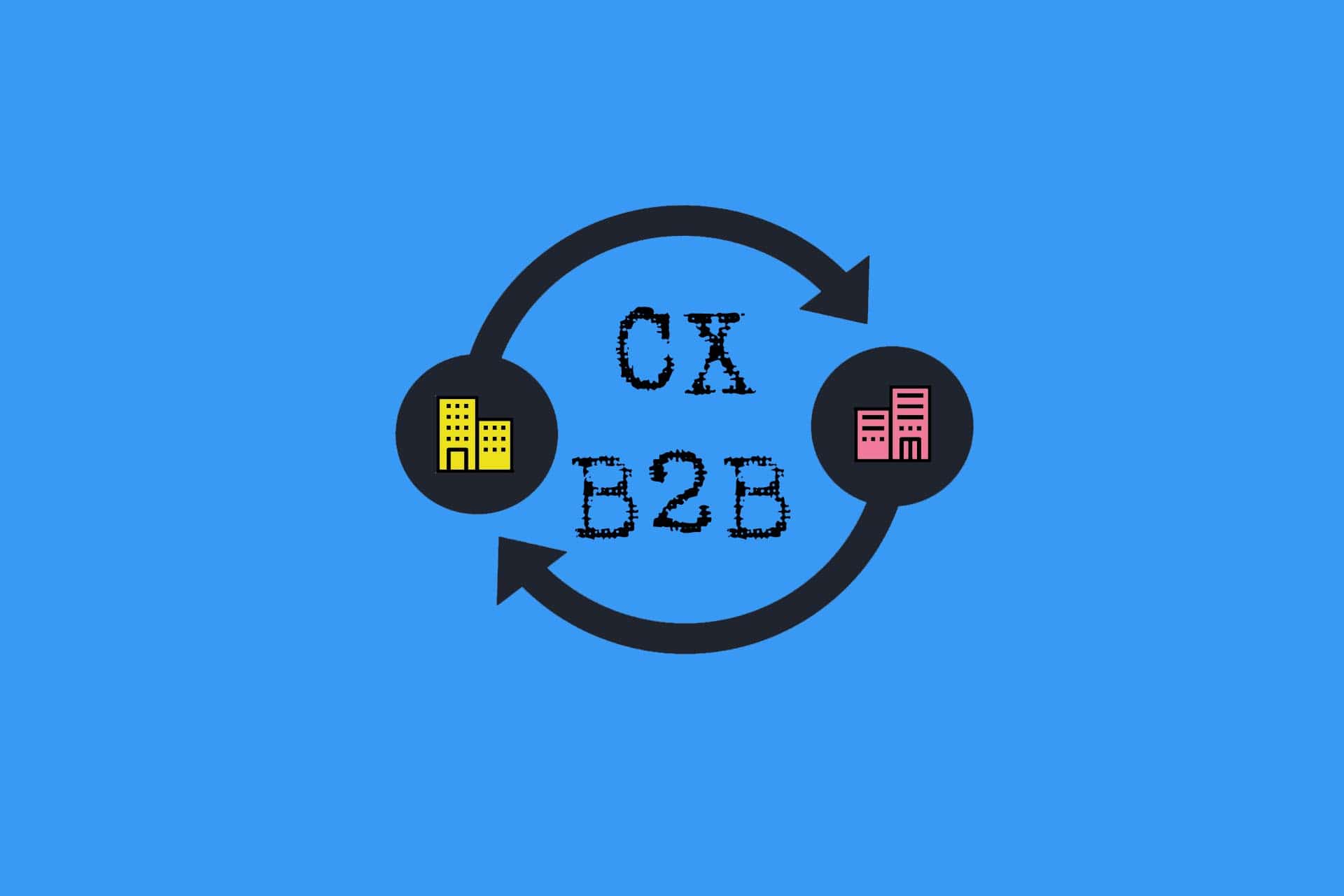What is Joy of Use?
Smartpedia: Joy of Use refers to the positive experience or pleasure of users when using a product or service.
Joy of Use – pleasure in and during use
“Sheer driving pleasure” is probably one of the best-known slogans of a German car manufacturer. “Sheer driving pleasure” expresses what Joy of Use is all about: the pleasure in and during the use of products or services. The slogan “transports positive emotions”¹ and thus exactly what Joy of Use is about.
Joy of Use is often discussed in the context of so-called Usability and User Experience:
- Usability refers to the suitability for use and user-friendliness, which can be defined by requirements for a product or service.
- User Experience (UX) describes the perceptions and reactions of a person when using a product or service, whereby the quality of the implemented requirements is the basis for the perceptions and reactions.
Simply put: Joy of Use is usability that is fun and enjoyable.
Sense and goal of the Joy of Use
Why does it make sense for a manufacturer or service provider to concern himself with the users’ Joy of Use? Because the joy experienced during and through use contributes to the repeated usage or consumption of a product or service. Repeated use is a sign of quality and a positive confirmation of a time or financial investment. This leads to users talking positively about the product, about specific product features or a service. And thus the Joy of Use pays off for some typical goals of companies: customer loyalty, cross- and up-selling options, referral marketing for customer acquisition.
Joy of Use – a question of perspective
In various publications it can be read that the Joy of Use
- is promoted by the aesthetics of an application,
- is perceived unconsciously by the user,
- is particularly important when using websites,
- generates a sense of achievement,
- is part of the customer experience,
- provides a significant competitive advantage
- and represents the ultimate goal of the user experience.
Matching the respective statements one can find tips for the design and implementation of the Joy of Use. Whether the statements are fundamentally true is a question of perspective. The pleasure of and during use
- can be part of the customer experience. In a narrow sense, the customer experience refers to customers, but the Joy of Use naturally also addresses interested parties or visitors who are not yet customers and who may be considering whether they want to become customers. Examples: a website visitor, a caller on a hotline, a questioner at an information desk.
- can be perceived unconsciously but also very consciously by the user. Examples: Gamification approaches within workshops such as serious games, in which the collaboration of the participants on the way to the actual goal – e.g. the improvement of cooperation – is promoted in a playful way, incentivisation in computer games with the achievement of defined levels with corresponding rewards (further lives, better equipment, additional skills, etc.).
- can be important when visiting websites, but is often not the main focus of website operators. Examples: Pop-ups that advertise a newsletter and thus hinder the visitor’s reading flow, chat bots that follow a standardised routine and are thus unsuitable for answering questions individually.
- can offer a competitive advantage, but competition is often decided by comparing performance characteristics. This is where the Kano Model offers valuable insights, as it describes the relationship between customer satisfaction and the fulfilment of customer requirements by defining product features to which users react differently.
- can be promoted by the aesthetics of an application. And by a smooth, fast, harmonious functioning, a logical, easy to understand structure or an always given availability, etc.
- can generate a sense of achievement, but the Joy of Use can also be promoted quite implicitly. Example: With “sheer driving pleasure” there is no singular sense of achievement, no special feeling of happiness, but the application as such is (ideally) consistently perceived as very pleasant and positive.
Challenges with the Joy of Use
The idea of Joy of Use sounds easy to understand: as a manufacturer or service provider, increase the joy of and during use and subsequently benefit from positive emotions. In theory, this sounds very nice and simple, but in practice, challenges often have to be overcome:
- Even with one-off services or services that are only provided once over a relatively long period of time – for example, when re-registering a car or registering a new place of residence – there is an implicit Joy of Use. However, this is not the focus of the service provider. Example: Many government agencies have difficulties in scheduling appointments within a few weeks because they lack the necessary capacities. The enjoyment during the use of the service therefore has virtually no value at all.
- Even in the case of services provided by the private sector, the pleasure of using the service is not always in the foreground. Examples: Why does a hotel guest have to enter his personal data into a form while the hotel staff is watching? Or why does an air passenger have to weigh and check in his luggage himself?
- The Joy of Use cannot be expressed directly in a key figure. However, companies often base and operate on key figures.
- The delight during use is individual. Some users, for example, like to be pioneers and test new products. This testing gives them enjoyment and helps with a personal positioning in a market. Others, on the other hand, are rather followers, i.e. they do not take pleasure in detecting the strengths or weaknesses of a product, they simply want to use it according to its intended function.
- The Joy of Use diminishes. The more frequently a product or service is used, the sooner a certain fatigue sets in. Example: Swiping on smartphones was a world first 10 years ago, today any mobile phone can do it.
- Identifying features that evoke delight is time-consuming and possibly expensive. Similar to enthusiasm features (see Kano Model), such features are very difficult to ask about or observe.
Conclusion: Joy of Use sounds very good and should be considered in the course of addressing and improving a user experience, but putting it into practice can be very challenging.
Examples of Joy of Use
There are, of course, numerous examples of successful, individual pleasure in and during an application. Here are some examples that serve our human senses – seeing, hearing, smelling, tasting and touching:
- a magazine that has an unusual feel and is therefore gladly taken in the hand or passed on,
- a combination of drinks with fruits and spices that tastes particularly good and leads to an “explosion on the tongue”,
- a bubble bath that smells very refreshing, promoting relaxation,
- a room that is surprisingly filled with the sounds of nature, thus giving the visitor an unexpected feeling of nature,
- a hotel room where everything is thoughtfully arranged with “pizzazz”, so that the visitor would like to redecorate his own flat immediately.
- …
Impulse to discuss
Is Joy of Use the ultimate goal of user experience?
Notes:
If you like the article or would like to discuss it, please feel free to share it in your network. And if you have any comments, please do not hesitate to send us a message.
[1] The story of sheer driving pleasure
Among the tips for designing websites, it is often recommended to promote the Joy of Use through individual measures. In principle, this makes sense, but the enjoyment of and during use should also correspond to the meaning and purpose of the website and ideally also to the visitor’s intention. Hints as to why, for example, time delays when displaying images are important, thus lose some of their weight.
Here you will find additional information from the t2informatik Blog:



